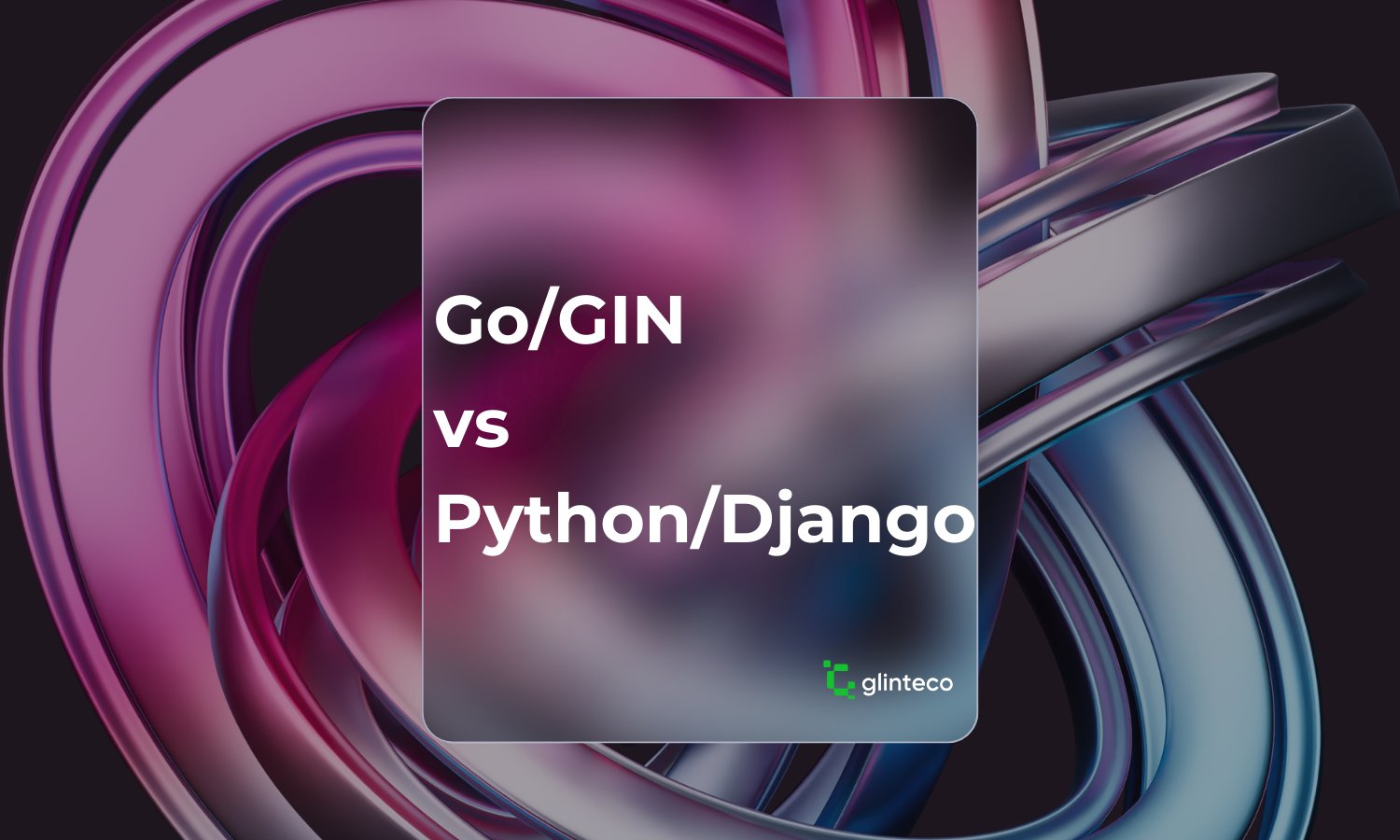By khoanc, at: 17:12 Ngày 14 tháng 6 năm 2024
Thời gian đọc ước tính: __READING_TIME__ phút


By khoanc, at: 17:12 Ngày 14 tháng 6 năm 2024
Thời gian đọc ước tính: __READING_TIME__ phút


Tháng 11 25, 2023
Đọc thêmTháng 3 02, 2024
Đọc thêm